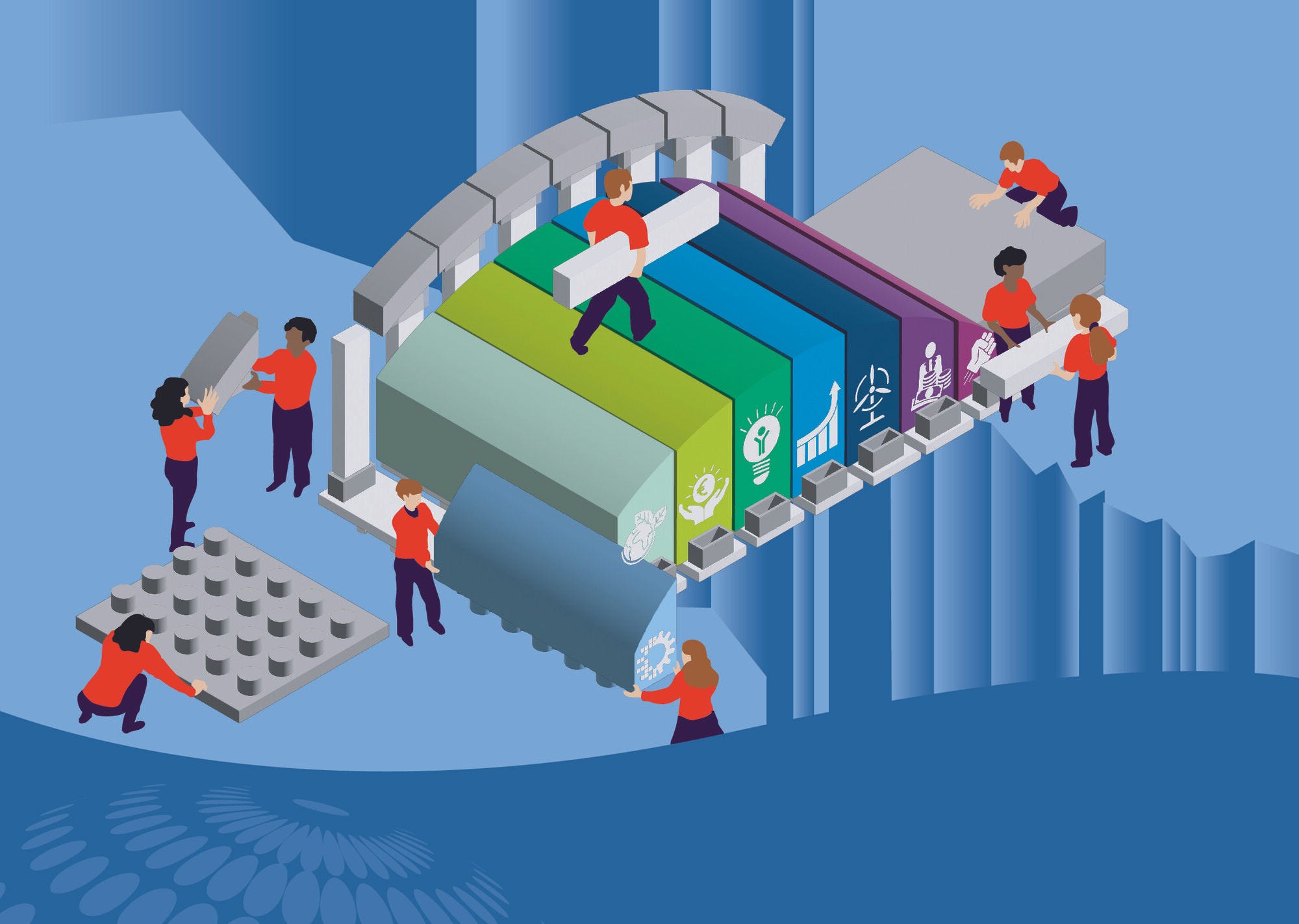Mining plays a crucial role in Brazil’s economy. Nonetheless, the efforts and resources devoted to regulatory quality in the sector, including the enforcement of rules, have not always been commensurate. This report identifies the gaps, barriers, implementation flaws and inefficiencies in the regulatory framework of the mining sector in Brazil. It takes stock of the recent reforms in the mining sector in Brazil, identifies areas that pose the greatest challenges for effective regulation in mining. It also describes the reforms that created the National Mining Agency of Brazil, its governance arrangements and its current regulatory practices. These are assessed against OECD principles in regulatory policy and mining regulation, as well as against country experiences from Australia, Chile, and Mexico. Finally, recommendations are provided to support further reform efforts.
Regulatory Governance in the Mining Sector in Brazil

Abstract
Executive Summary
Mining plays a crucial role in Brazil’s economy: in 2019, mineral extraction accounted for 2.4% of GDP. Nonetheless, in recent decades the efforts and resources devoted to regulatory quality in the sector have declined, including in the enforcement of rules. In addition, mining activities and their impact tend to be a negatively perceived by the public. This sentiment was further fuelled by the accidents of Mariana (2015) and Brumadinho (2019).
In light of this context, a series of reforms to improve the sector’s performance have been introduced. The creation of the National Mining Agency (ANM) in 2017 as an autonomous regulator represented the first major modification to the institutional landscape in almost 60 years. ANM replaced the former National Department of Mining Regulation as the sector’s regulator and was given the objective of using regulatory instruments to ensure that mineral resources in Brazil are managed in a socially sustainable way. Despite the relevance of the new regulatory agency for the sector, ANM still faces important restrictions in terms of budget allocation, staffing and culture change, which limit its capacities to discharge its responsibilities successfully.
In particular, inspections and regulatory enforcement activities could be strengthened to ensure that efforts are allocated proportionally and focussed on those activities that pose the greatest risk. Although the Agency has taken actions such as hiring new temporary inspectors and using technology to monitor the level of risk in tailings dams, inspection activities remain burdensome and insufficient. By fostering co‑ordinated efforts with other institutions such as the Environmental Inspectorate (IBAMA), the Labour Inspectorate, and subnational agencies, the National Mining Agency could better allocate its limited resources and ensure the regulatory framework is adequately implemented. The latter is crucial for reducing the risk of accidents and preventing negative environmental and social impacts from mining activities.
In addition to the changes in the institutional set-up, Brazil has also embarked on revising and completing the mining regulatory framework. Important regulations regarding tailings dams’ safety and mines closures have been developed or updated, often using good regulatory policy tools as regulatory impact assessment and stakeholder engagement. Although there have been attempts to update key legislative pieces such as the Mining Code (1967) and complementary regulations, there is still no consensus on the scope of the modifications needed.
Finally, ANM has made efforts to tackle administrative burdens, both in the back office and those faced by citizens and businesses. Burdens have been reduced by introducing ICT tools to streamline some processes and move to a more digital environment.
Main recommendations of the report
Establish mechanisms and actions that promote regulatory coherence between the federal government and the states to avoid gaps or overlaps in the regulation dealing with environmental impact of tailing dams.
In the ex post assessment of mining regulation related to the management of risks, ensure that a risk-based approach is applied to artisanal small-scale mining, including garimpeiros.
Engage with staff to increase communication on the new working culture of ANM, foster feedback loops and collaboration across different areas of the Agency. ANM could promote collaboration across different superintendences and regional units to enhance the exchange of capabilities and best practices inside ANM.
Stimulate the systematic use of data in the regulatory process. Employees from all levels, but particularly managers, should stand behind ANM’s new working culture in which data drive regulatory decisions. Clearly communicate the benefits of evidence-based decision making and provide staff with the necessary inputs to use data and information efficiently.
Advocate for greater financial independence for ANM’s by promoting for an increase in the financial resources allocated to the Agency.
Develop and implement a detailed policy on regulatory enforcement and inspections for the mining sector, which should include inspections based on evidence, inspections based on risks, co‑ordinated efforts across federal agencies and subnational governments, intensive use of ICT, and a well-resourced inspections programme.
Build trust, engage stakeholders and provide feedback. ANM could make information available regarding the inspections plan, enforcement actions and the results of these activities from a compliance perspective. Transparency and accountability should underpin all inspections and regulatory compliance activities.
Develop and implement a detailed policy on administrative simplification and burden reduction for all government formalities in the mining sector, with an emphasis on licensing.
Related publications
-
 21 November 2024
21 November 2024 -
 Policy paper19 November 2024
Policy paper19 November 2024




